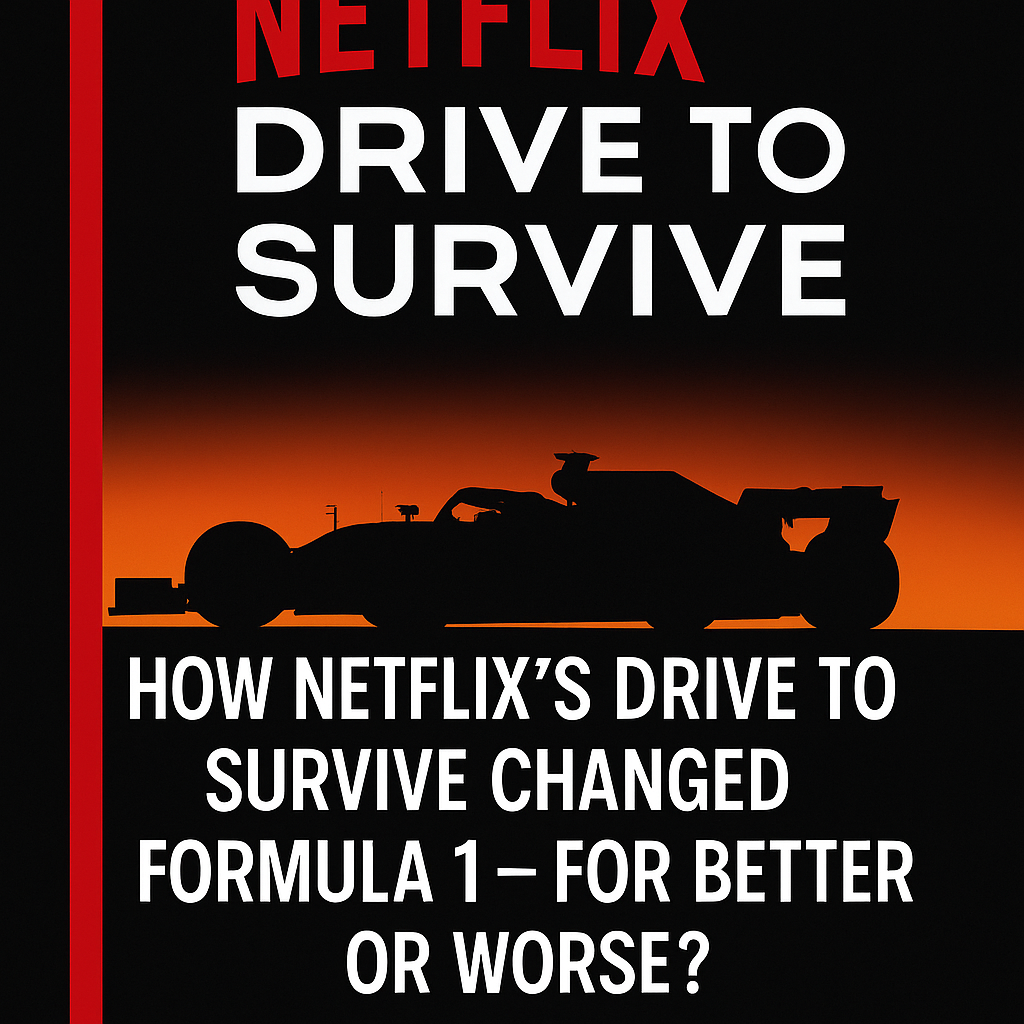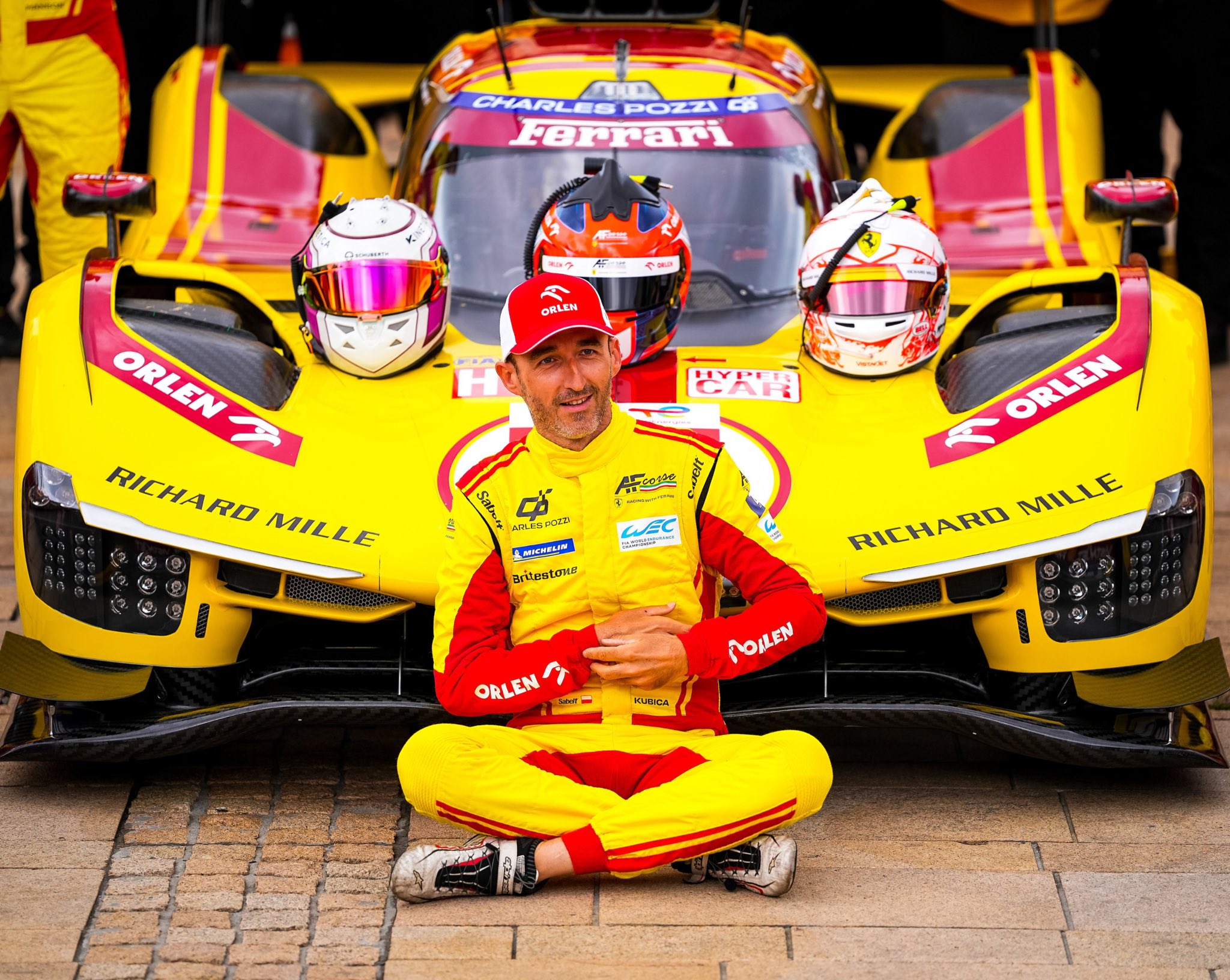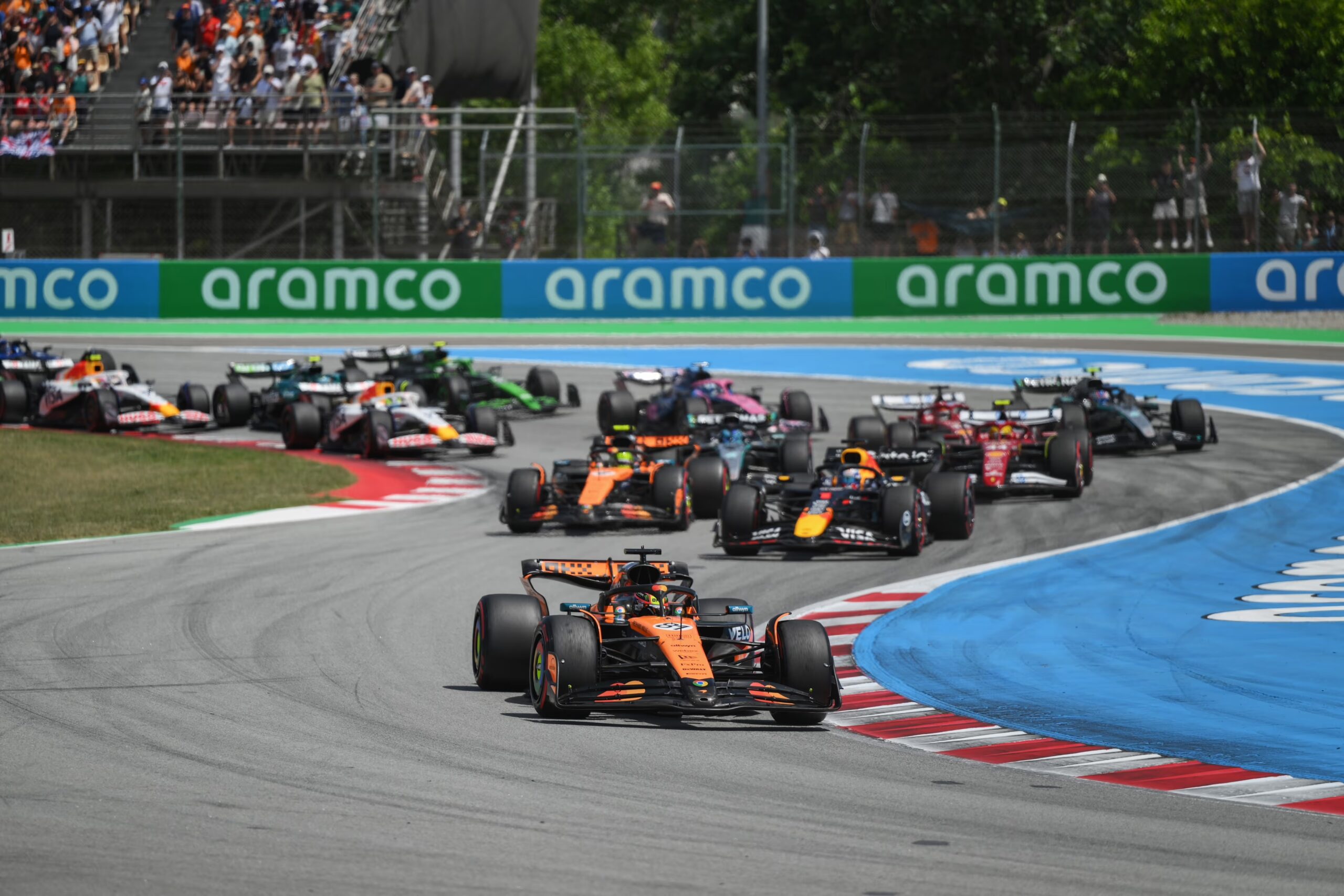Introduction
In 2019, Netflix released Drive to Survive, a behind-the-scenes docuseries that peeled back the curtain on the world of Formula 1. Since then, F1’s popularity has exploded in markets like the U.S., and new fans have flooded social media, merch stores, and race venues.
But with this growth has come a shift — in tone, coverage, and even how drivers and teams behave. So, has Drive to Survive been good or bad for Formula 1?
The Positives: A Sport Goes Global
📈 1. Massive Fan Growth
Netflix brought F1 to audiences who didn’t even know what a pit stop was. Between 2018 and 2023, U.S. viewership more than doubled. Grand Prix events in Miami, Austin, and Las Vegas now sell out in minutes.
🧢 2. Personality-Driven Narratives
Instead of focusing only on lap times, the show highlights personal rivalries, team politics, and emotional moments — making drivers like Daniel Ricciardo or Guenther Steiner into global stars.
🎥 3. Increased Transparency
Before the series, many fans rarely heard team radio or understood garage dynamics. Now, they feel part of the action, week to week.
The Downsides: Reality vs. Reality TV
📝 1. Manufactured Drama?
Some scenes have been accused of being taken out of context — or edited to exaggerate tension. Critics argue that it sometimes sacrifices accuracy for storytelling.
🎭 2. Media-Trained Drivers
With cameras constantly around, some drivers have become overly cautious or PR-polished — leading to less spontaneity.
😤 3. Toxic Fandom & Misinformation
As F1’s audience grows, so do online arguments, conspiracy theories, and ‘fan wars’ — particularly around driver rivalries.
Voices from the Paddock
Max Verstappen initially refused to appear in the show, citing unfair editing. Toto Wolff and Christian Horner, on the other hand, embraced it as a way to grow the sport.
Recently, even Verstappen admitted: “It has helped the sport. I just want it to be more real.”
Final Thoughts
Drive to Survive changed F1 — no question. It opened the paddock to millions of new fans, created heroes and villains, and helped F1 become a truly global brand. But like any powerful media force, it also reshaped how we see the sport.
Whether you love the drama or miss the old-school focus on racing, one thing’s clear: Netflix put F1 on the cultural map.





